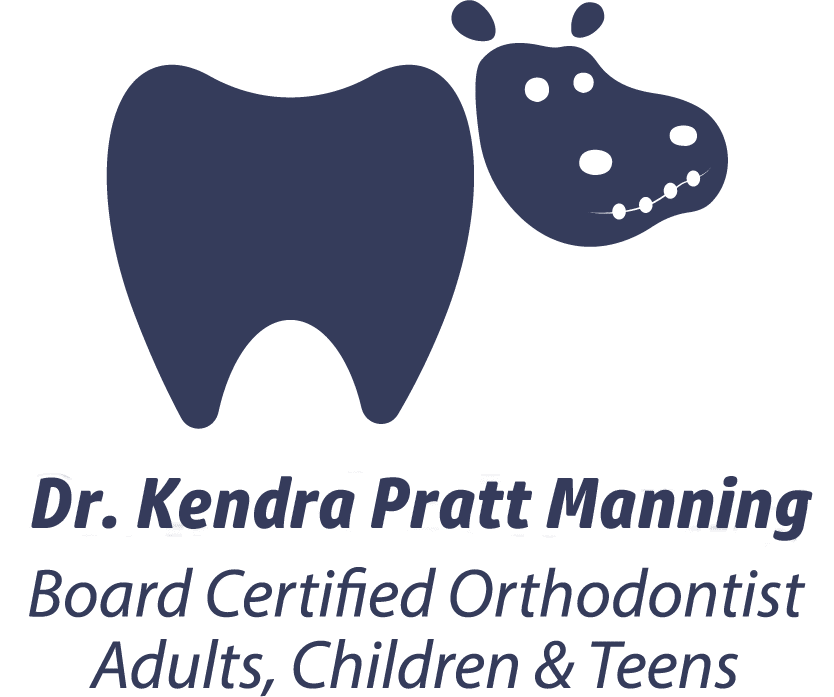
TMD Treatment: Botox, Dysport, and More
 Temporomandibular joint disorder (TMD) is more than just a jaw problem. Unless you get treatment for TMD, you can also suffer from side effects, like headaches, ear pain, muscle spasms, toothaches and cracked teeth or dental restorations. Through TMD treatment, you can reduce the severity of headaches, migraines, muscle spasms, and pain.
Temporomandibular joint disorder (TMD) is more than just a jaw problem. Unless you get treatment for TMD, you can also suffer from side effects, like headaches, ear pain, muscle spasms, toothaches and cracked teeth or dental restorations. Through TMD treatment, you can reduce the severity of headaches, migraines, muscle spasms, and pain.
Botox TMD Treatment
Botox is short for botulinum toxin, and has many uses other than smoothing wrinkles. Once it is applied, it goes to work within about 7 to 10 days. When using Botox as a TMD treatment, it works to relax the muscles in the jaw, so you feel less pain, clench less, grind less and can even slim over-active muscles of the face. Patients often report waking after a more peaceful night sleep with less facial pain and less snoring.
What Is Botox?
Botox works by preventing or minimizing muscle contractions and can relax muscles that are primarily used to brux and clench – the masseter and temporalis muscles. While it is famous for alleviating the appearance of fine lines and wrinkles, it is also approved to treat more than 20 different medical conditions.

Each year, more than 6 million Botox injections are administered. With a Botox TMD treatment, you can help reduce the pain caused by cleaning and grinding your teeth and feel more rested with a better night’s sleep.
What is the Difference Between Botox and Xeomin?
You may have heard of Xeomin when considering a Botox treatment. In short, Xeomin is a purer form of Botox.
The main difference between Xeomin and Botox has to do with the formulation. Xeomin is a “naked” neurotoxin, which means it contains only a single ingredient (botulinum toxin A). On the other hand, the formulation of Botox includes various protective proteins clustered around the active molecule.
The benefit of Xeomin’s pure form means users have a lower chance of developing resistance (antibodies) that can limit its desired effects. Xeomin has no accessory proteins, so it is less antigenic, and that is what causes the lower chance of resistance.
How Botox Relieves TMD Pain
 Your TMJ is incredibly sensitive to stress and other outside factors. Stress, breathing issues, and other problems can cause sore cheeks, facial swelling, pain around your ears, headaches, neck pain, ringing in your ears, bruxism, and clicking noises in your jaw. Because Botox can relax your jaw muscles, it is an extremely effective treatment for TMD.
Your TMJ is incredibly sensitive to stress and other outside factors. Stress, breathing issues, and other problems can cause sore cheeks, facial swelling, pain around your ears, headaches, neck pain, ringing in your ears, bruxism, and clicking noises in your jaw. Because Botox can relax your jaw muscles, it is an extremely effective treatment for TMD.
In studies, this TMD treatment has helped 90 percent of participants reduce the symptoms of TMD and TMD-related pain. You can also alleviate your headaches and prevent dental damage.
Using Botox and Xeomin is common for TMD treatments on the Masseter and Temporalis Muscles. But they’re most frequently used for cosmetic reasons to reduce frown lines, crow’s feet, and lines around the lips when making puckering lips.
By preventing continual dynamic wrinkles with conservative Botox treatments, patients can prevent and prolong the onset of deep wrinkles.
Botox can also be used to treat cluster headaches, migraines, and myofacial pain. Botox is injected into muscles around your head and neck area that are associated with headache pain. The injections help to block a chemical neurotransmitter known as acetylcholine that carries pain signals. When injected, Botox helps to prevent activation of the pathways in your head and neck that lead to migraine or tension headache pain.
Gummy Smiles
Most gummy smiles cannot be completely resolved with conservative orthodontics and often require extensive jaw surgery. As a conservative alternative, minimal amounts of Botox or Xeomin can be injected to relax overactive smile muscles that shorten the upper lip and create a gummy smile. Over time, the upper lip will naturally relax and our patients who required Botox/ Xeomin when younger, will naturally look more youthful with age verses having jaw surgery.
What to Expect
 Botox and Dysport can help with excessive grinding and clenching. They help to relax the muscles in your jaw, so you can enjoy having fewer headaches, muscle spasms, and joint pain.
Botox and Dysport can help with excessive grinding and clenching. They help to relax the muscles in your jaw, so you can enjoy having fewer headaches, muscle spasms, and joint pain.
Each TMD treatment lasts for a different amount of time. For instance, Botox injections generally last for three to four months. A specialist will determine how many injections you need and where.
Once the treatment for TMD is complete, you can return to all of your normal activities. Normally, you’ll start to notice results several days later.
If you are interested treatment for TMD or cosmetic injections to improve facial esthetics, we can help. To learn more about our options or schedule an appointment with Dr. Pratt Manning, reach out to our practice today!
Dr. Pratt Manning is accredited by the American Academy of Facial Esthetics (AAFE).
TMD Syndrome and Myofascial Pain Health History Questionnaire

